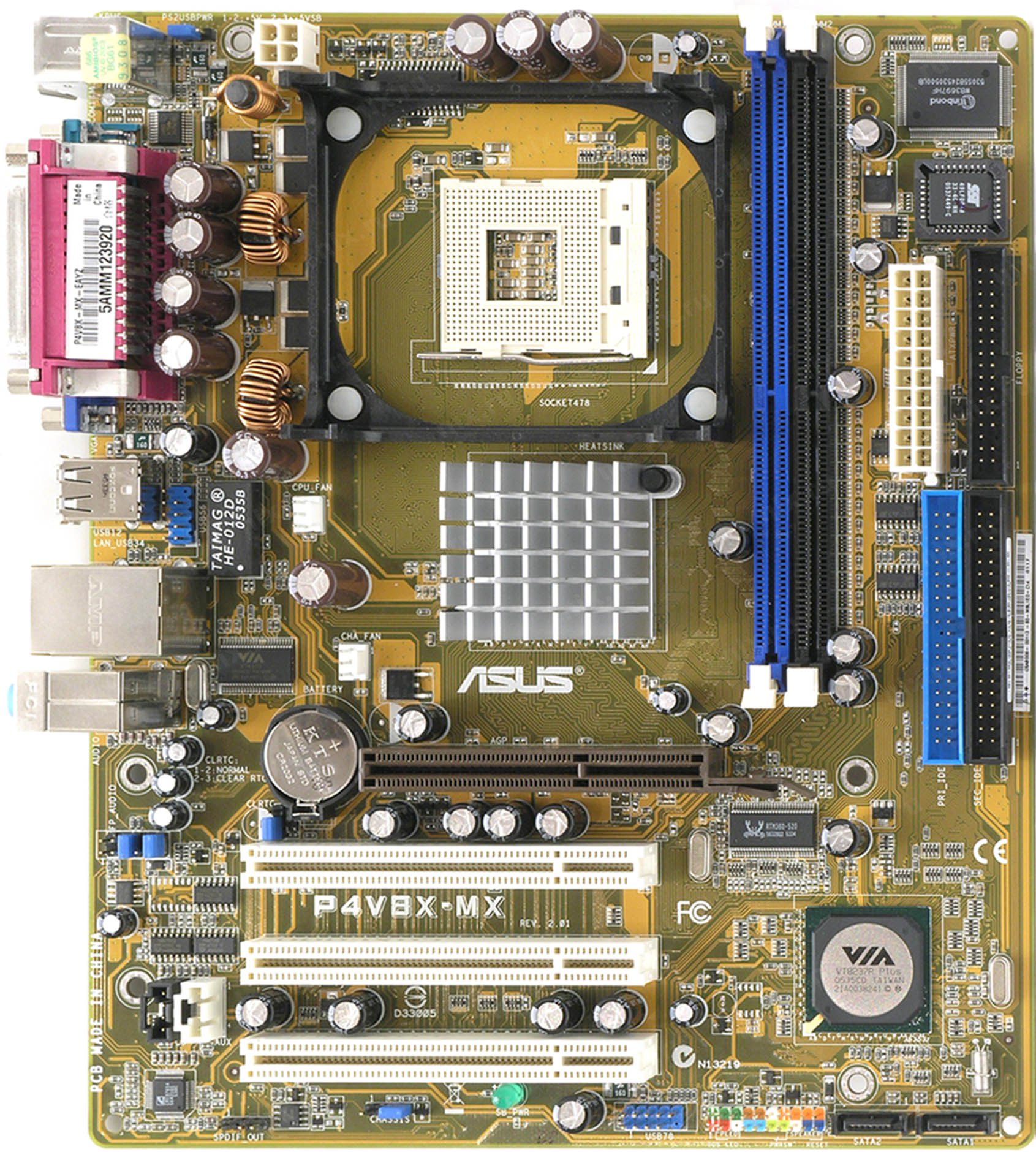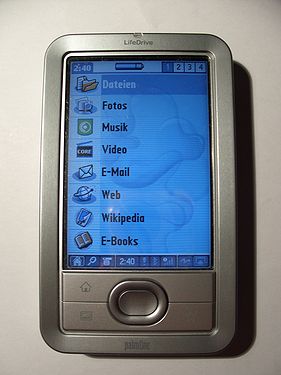USB Tutorial: Turn a USB stick into a Hard Drive or Local Disk
This is a very valuable tutorial, especially if you are looking to partition a USB stick. Another application for turning a removable drive into a local disk, is that now many software programs can be loaded directly to a USB drive. The first program which comes to mind is iTunes. I know you need My Documents and a Local Disk to install it, so after this tutorial, I’ll try installing iTunes and share the results.
Press Windows + X keys and click command prompt (admin). Type the following command in command prompt and press Enter. Bcdedit /set loadoptions DDISABLEINTEGRITYCHECKS & bcdedit /set testsigning on. Close command prompt. I hope this information helps. Please do let us know if you need any further assistance. The CP210x USB to UART Bridge Virtual COM Port (VCP) drivers are required for device operation as a Virtual COM Port to facilitate host communication with CP210x products. These devices can also interface to a host using the direct access driver. These drivers are static examples detailed in Application Note 197: The Serial Communications Guide.
The process of turning a USB stick into a hard drive is fairly easy. However, there are limitations. For example, this works best with Windows XP operating systems. You also need to update the drivers for the device for any computer you are going to use. Typically, this isn’t a big deal as you can easily do this for your work and home computers. However, this isn’t a great solution if you are trying to create a partitions USB stick for distribution to many possible users [say trade show give-away].
Couple of items you’ll need:

- USB_LocalDisk.zip files [download here]
- Windows XP
- USB stick
What we will do, is connected the USB stick, find the driver code, update the driver code and re-connect the device. Simple.
Here are the details:
- From a running Windows XP system, Insert your USB flash drive
- Download USB_LocalDisk.zip and extract. A USB_localDisk folder is created.
- From the USB_LocalDisk folder, right click cfadisk.inf and open the file with Notepad or text editor.
- Navigate to line 26 of the cfadisk.inf file. We are going to be editing the section labeled “device_instance_id_goes_here“. Good idea to keep this file open because we will be using it in about 40 seconds.
- From your Windows Desktop, click Start > Run and type devmgmt.msc and click OK
- Under Disk drives, locate your USB stick and right click, select Properties.
Click the Details tab and select the item listed. Use the Ctrl C function to copy this driver for your USB stick.
Next, go back to your open file cfadisk.inf and lets insert the drive code you just copied and update the file. Find the text which says: “device_instance_id_goes_here” should be around line 26. Paste the drive code you have by Ctrl V.
Now click Save. We’ve just created an updated driver for the device so it will read as a Local Disk. But now we need to update the driver itself.
Click Start > Run > type devmgmt.msc and locate your USB stick again. Right click the device and select “Update Driver”
Inside the Wizard we need to follow specific instructions to manually update the driver to change your USB stick to a hard drive or Local Disk. It’s easy, just follow along…
Cfadisk Usb Driver X64 Download
Select: Install from a list or specific location > Next
Select: Don’t Search. I will choose the driver to install > Next

Cfadisk 64
Select: Have Disk…
Navigate to the location of the “cfadisk.inf” file > click Open

Select: Next in the Windows wizard and that’s it! You may need to reconnect your device to the OS.

Two additional tips.
- Save the “cfadisk.inf” on your USB stick so you may use it at different locations when updating your home or work computer.
- To partition your USB stick using the Windows utilities you can find that function by:
Start > Control Panel > Administrative Tools > Computer Management > Disk Management under the Storage folder.
Cfadisk Usb Driver X64 Full
Helpful Reference: Lance Hoff.
Tags: USB Hacks, usb hard drive, usb local disk, USB Tutorials